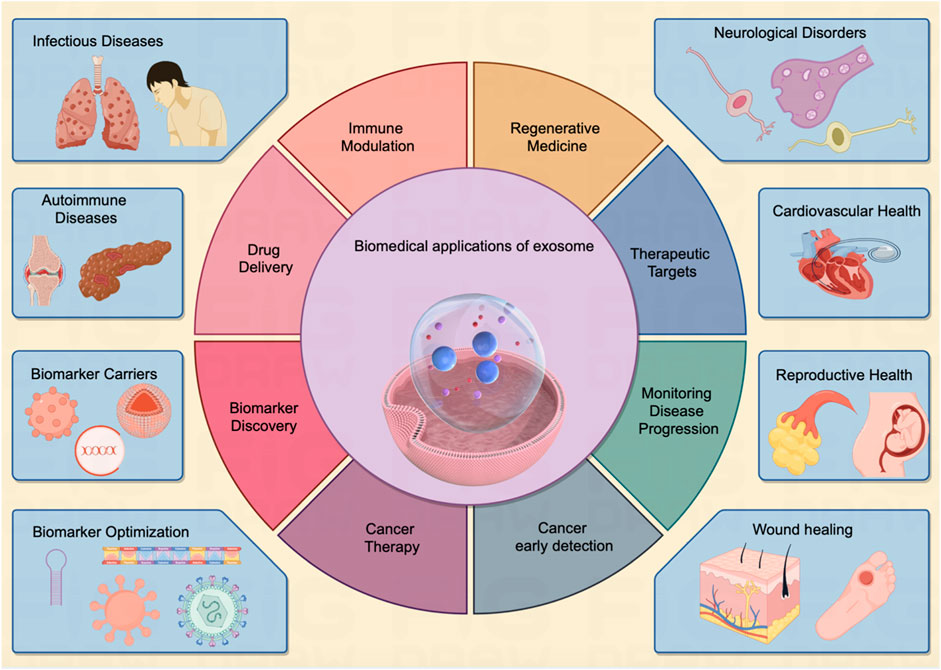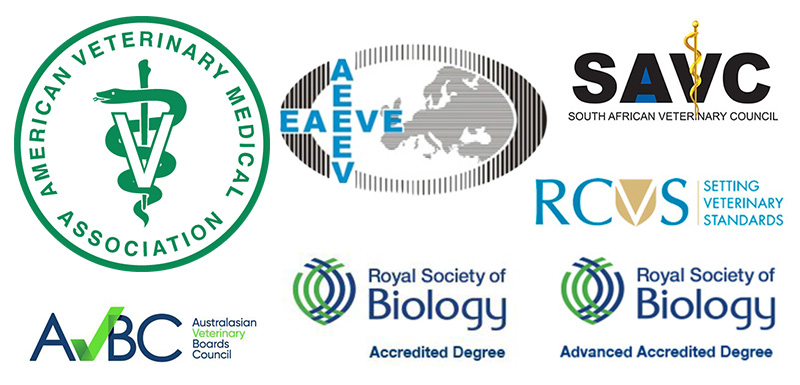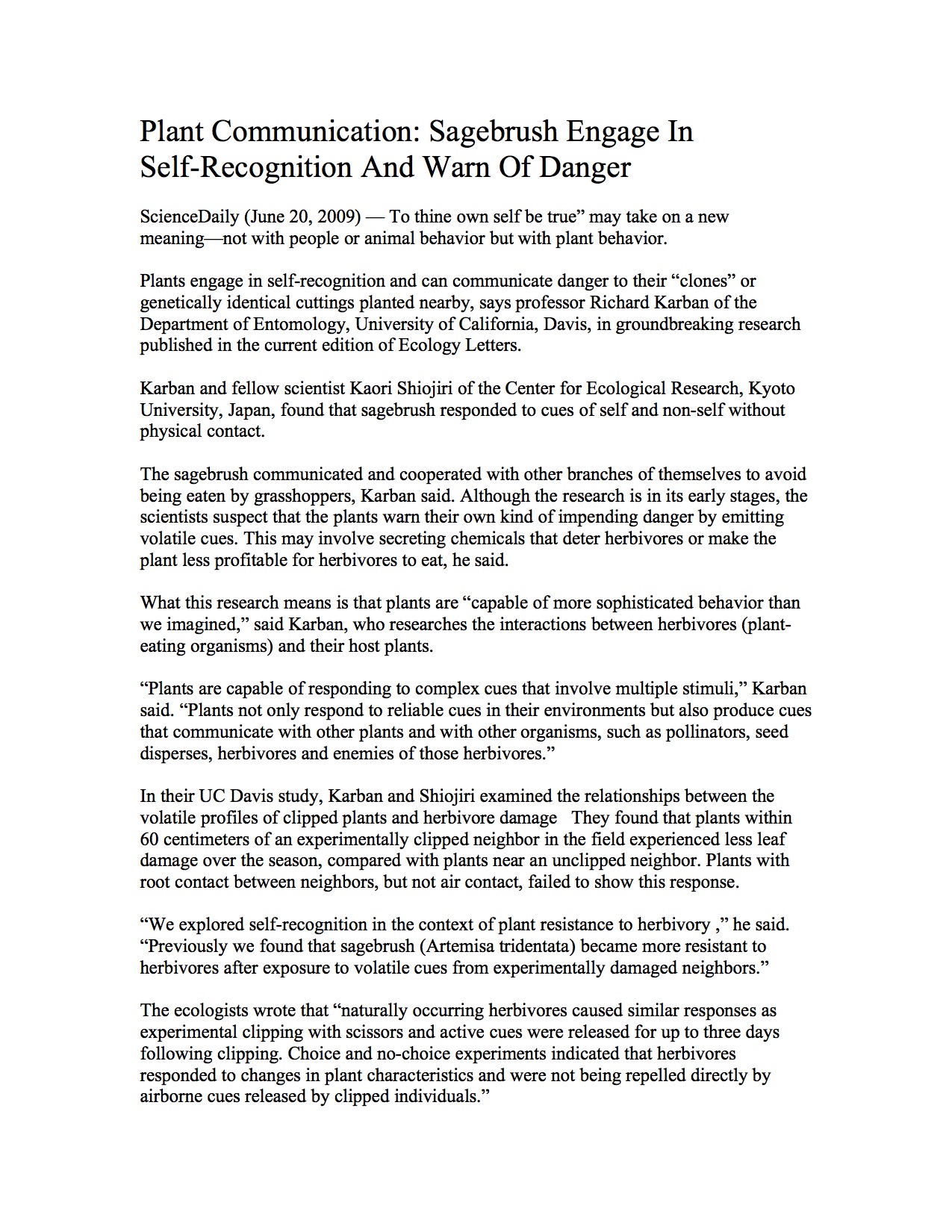Advancements in Ultrasound Cancer Therapy: A Contribution to Sustainable Development Goal 3
Enhancing Treatment Efficacy and Patient Well-being
Recent developments in medical ultrasound technology show significant promise in advancing cancer treatment, directly contributing to Sustainable Development Goal 3 (Good Health and Well-being), particularly Target 3.4, which aims to reduce premature mortality from non-communicable diseases. The research focuses on improving existing therapies and patient quality of life.
- Mitigating Side Effects: Ultrasound-stimulated microbubbles may enhance the effects of radiation therapy. This could allow for the use of lower radiation doses to achieve the same therapeutic outcomes, thereby reducing the severe long-term side effects for patients.
- Improving Health Outcomes: By minimizing the negative impacts of treatment, this approach supports the broader objective of promoting well-being for individuals undergoing cancer therapy.
Synergy with Immunotherapy for Improved Health Outcomes
Ultrasound technology is emerging as a strong partner for immunotherapy, a treatment that leverages the body’s immune system to combat cancer. This synergy represents a critical step toward more effective and targeted cancer care, in line with SDG 3.
- Mechanism of Action: Focused ultrasound heats and damages tumor tissue.
- Increased Visibility: This process appears to make cancerous tissues more “visible” to the body’s immune system.
- Enhanced Vulnerability: As a result, tumors become more susceptible to the body’s natural defenses, potentially increasing the efficacy of immunotherapy treatments.
Future Prospects for Global Health: Targeting Metastatic Disease
A key area of future research is the application of this combined ultrasound-immunotherapy approach to treat advanced-stage, metastatic cancer. Successfully treating cancer that has spread throughout the body would be a monumental achievement in the global effort to reduce mortality from non-communicable diseases (SDG 3.4).
Theoretical Framework for Systemic Treatment:
- Clinicians would use focused ultrasound to treat and break apart a single, accessible tumor.
- This action would expose the tumor’s unique characteristics, allowing the patient’s immune system to recognize it as a threat.
- The immune system would then be primed to launch a systemic, body-wide attack against all cancerous cells sharing those characteristics, potentially treating numerous tumors simultaneously.
Sustainable Development Goals (SDGs) Addressed
-
SDG 3: Good Health and Well-being
- The article’s central theme is the advancement of cancer treatment through innovative methods like focused ultrasound. This directly aligns with ensuring healthy lives and promoting well-being, as it seeks to improve outcomes for a major non-communicable disease. The text explicitly discusses making treatments more effective while reducing negative impacts (“doctors could theoretically use lower doses to achieve the same treatment effects with fewer devastating side effects”), which is a core component of well-being.
-
SDG 9: Industry, Innovation, and Infrastructure
- The discussion revolves around cutting-edge scientific research and technological innovation. The article highlights new applications for ultrasound technology, its combination with immunotherapy, and the potential for future breakthroughs (“A direction for future research… is determining whether that pairing can work against advanced-stage cancer”). This focus on research and development to solve a critical global problem is central to SDG 9.
Specific SDG Targets Identified
-
Target 3.4: Reduce by one-third premature mortality from non-communicable diseases
- The research described aims to create more effective treatments for cancer, particularly “advanced-stage cancer” and “metastatic cancer,” which are primary causes of premature mortality. By proposing a method that could trigger “a system-wide attack against cancerous cells,” the innovation directly addresses the challenge of treating widespread disease, thereby contributing to the goal of reducing mortality from non-communicable diseases.
-
Target 9.5: Enhance scientific research and upgrade technological capabilities
- The article is a case study in enhancing scientific research. It details how researchers are exploring novel pairings of technologies (ultrasound and immunotherapy) to create new treatment paradigms. The statement that this “remains to be tested in any kind of trials” underscores the ongoing nature of the research and development process, which is the focus of this target.
Indicators for Measuring Progress
-
Implied Indicators for Target 3.4
- Reduction in treatment-related side effects: The article explicitly mentions the goal of using “lower doses to achieve the same treatment effects with fewer devastating side effects.” An indicator would be the measured reduction in the incidence and severity of side effects in patients receiving ultrasound-enhanced therapies compared to traditional methods.
- Improved efficacy against metastatic cancer: The article describes the potential to “treat 10, 15, 20 tumours just by treating one tumour.” A key indicator of progress would be an increase in survival rates, remission rates, or a reduction in tumor burden for patients with metastatic cancer who undergo this experimental treatment in future trials.
-
Implied Indicators for Target 9.5
- Progression of clinical trials: The article notes that the systemic treatment approach “remains to be tested in any kind of trials.” An indicator of progress would be the initiation, advancement through phases, and successful completion of clinical trials for focused ultrasound in combination with immunotherapy for metastatic cancer.
- Development of new therapeutic protocols: The research into combining ultrasound with radiation and immunotherapy represents innovation. An indicator would be the formalization and adoption of these combination therapies into standard clinical practice and treatment guidelines.
SDGs, Targets, and Indicators Summary
| SDGs | Targets | Indicators (Implied from Article) |
|---|---|---|
| SDG 3: Good Health and Well-being | 3.4: Reduce premature mortality from non-communicable diseases through prevention and treatment. |
|
| SDG 9: Industry, Innovation, and Infrastructure | 9.5: Enhance scientific research and upgrade technological capabilities. |
|
Source: bbc.com







